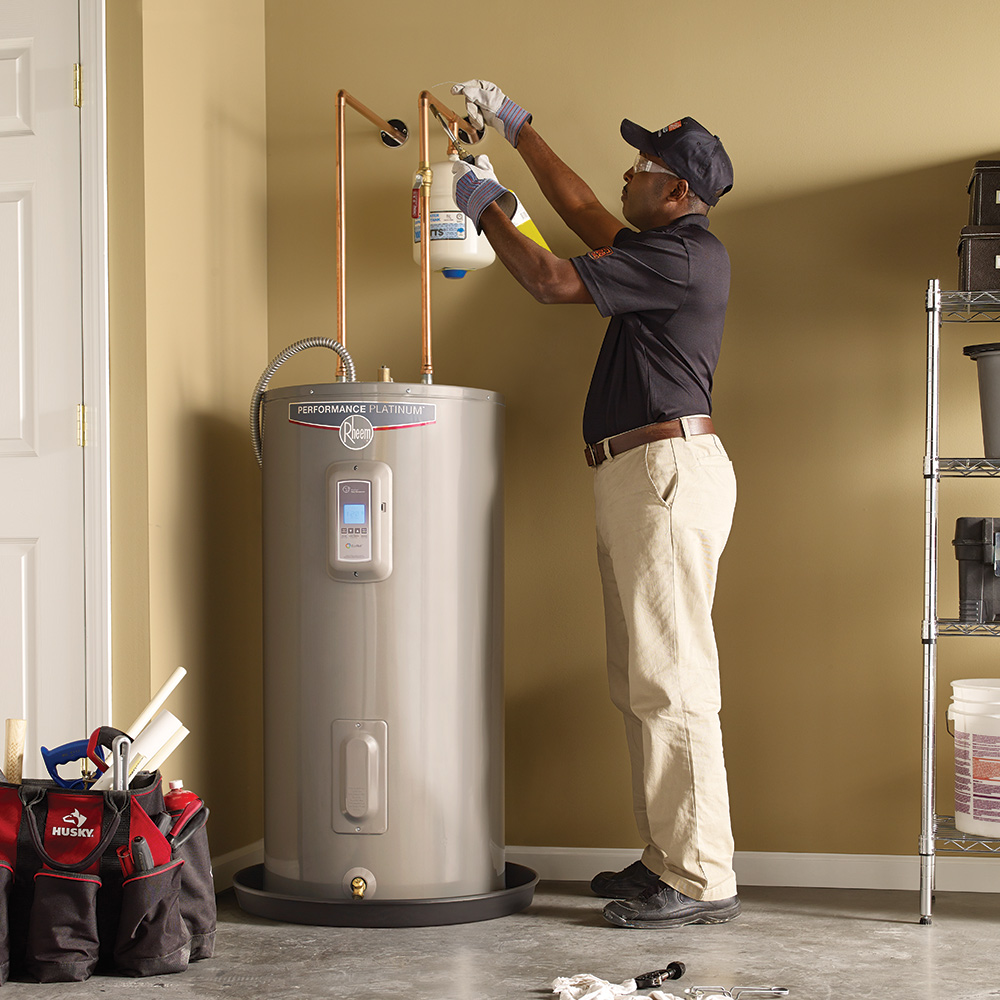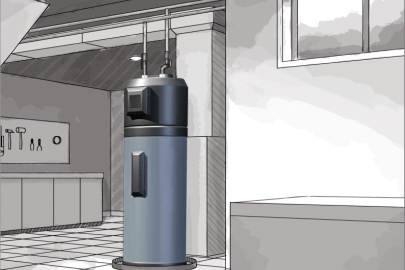How do you actually feel about How to Maintain a Hot Water Heater in a Few Simple Steps?

Hot water is important for everyday convenience, whether it's for a refreshing shower or washing dishes. To ensure your hot water system runs successfully and lasts much longer, normal upkeep is vital. This write-up gives sensible ideas and insights on exactly how to preserve your home's warm water system to prevent interruptions and expensive repair work.
Introduction
Keeping your home's warm water system might appear daunting, however with a couple of basic steps, you can guarantee it runs smoothly for years ahead. This overview covers every little thing from comprehending your hot water system to do it yourself upkeep ideas and understanding when to hire expert assistance.
Relevance of Keeping Your Hot Water System
Normal upkeep not only prolongs the life expectancy of your hot water system however likewise ensures it runs effectively. Ignoring maintenance can bring about reduced effectiveness, higher energy bills, and also premature failing of the system.
Signs Your Hot Water System Requirements Upkeep
Recognizing when your hot water system requires attention can protect against significant concerns. Look out for signs such as inconsistent water temperature level, unusual noises from the heating unit, or rusty water.
Recognizing Your Warm Water System
Prior to diving into upkeep jobs, it's handy to comprehend the standard components of your warm water system. Usually, this consists of the water heater itself, pipelines, anode rods, and temperature controls.
Monthly Upkeep Tasks
Regular regular monthly checks can help capture minor concerns before they rise.
Flushing the Hot Water Heater
Purging your water heater gets rid of debris buildup, improving efficiency and prolonging its life.
Checking and Changing Anode Rods
Anode rods prevent rust inside the storage tank. Checking and changing them when broken is crucial.
Examining and Changing Temperature Level Setups
Readjusting the temperature settings guarantees ideal efficiency and safety.
DIY Tips for Maintenance
You can perform several maintenance jobs yourself to keep your hot water system in top condition.
Checking for Leaks
Consistently check pipelines and connections for leaks, as these can lead to water damage and higher expenses.
Examining Pressure Relief Valves
Checking the stress safety valve guarantees it operates properly and prevents too much stress buildup.
Shielding Pipes
Insulating warm water pipes lowers warm loss and can conserve power.
When to Call a Professional
While DIY upkeep is valuable, some concerns require professional knowledge.
Facility Issues Needing Specialist Assistance
Examples consist of major leakages, electric problems, or if your hot water heater is continually underperforming.
Routine Professional Upkeep Perks
Expert maintenance can consist of complete evaluations, tune-ups, and guaranteeing conformity with security standards.
Verdict
Routine upkeep of your home's warm water system is important for performance, durability, and cost financial savings. By complying with these suggestions and recognizing when to look for professional aid, you can make sure a reliable supply of warm water without unforeseen disruptions.
How to Maintain an Instant Hot Water Heater
Before tinkering with your hot water heater, make sure that it’s not powered on. You also have to turn off the main circuit breaker and shut off the main gas line to prevent accidents. Also turn off the water valves connected to your unit to prevent water from flowing into and out of the appliance. 2. When you’re done, you have to detach the purge valves’ caps. These look like the letter “T†and are situated on either side of the water valves. Doing so will release any pressure that has accumulated inside the valves while at the same time avoid hot water from shooting out and burning your skin. 3. When the purge valves’ caps are removed, you have to connect your hosing lines to the valves. Your unit should have come with three hoses but if it didn’t, you can purchase these things from any hardware or home repair shops. You can also get them from retail stores that sell water heating systems. Read the user’s manual and follow it to complete this task properly. When the hosing lines are connected, open the purge port’s valves. 4. You should never use harsh chemical cleaners or solutions when cleaning your unit. Make use of white vinegar instead. It should be undiluted and you’ll probably use about 2 gallons. 5. Now flush your water heater. This task should probably take about 40 minutes. We can’t give you specific directions for this because the procedure is carried out depending on the type, model and brand of your heater. With that being said, refer to the user’s manual. 6. When you’re done draining the unit, you have to turn off the purge port valves again. Remove the hosing lines that you earlier installed on each of the water valves. Put the valve caps (purge port) back in their respective places and be very careful so as not to damage the rubber discs that are found inside these caps. 7. Now that everything’s back in place, check your user’s manual again to find out how to reactivate your water heating system. 8. Once it is working, turn one of your hot water faucets on just to let air pass through the heater’s water supply pipes. Leave the tap on until water flows smoothly out of it. https://www.orrplumbing.com/blog/2014/september/how-to-maintain-an-instant-hot-water-heater/

As a keen reader on How to Maintain Your Water Heater & Prolong its Life, I thought sharing that excerpt was worth the trouble. If you appreciated our blog post please remember to share it. Thank you for being here. Return soon.
Click Here